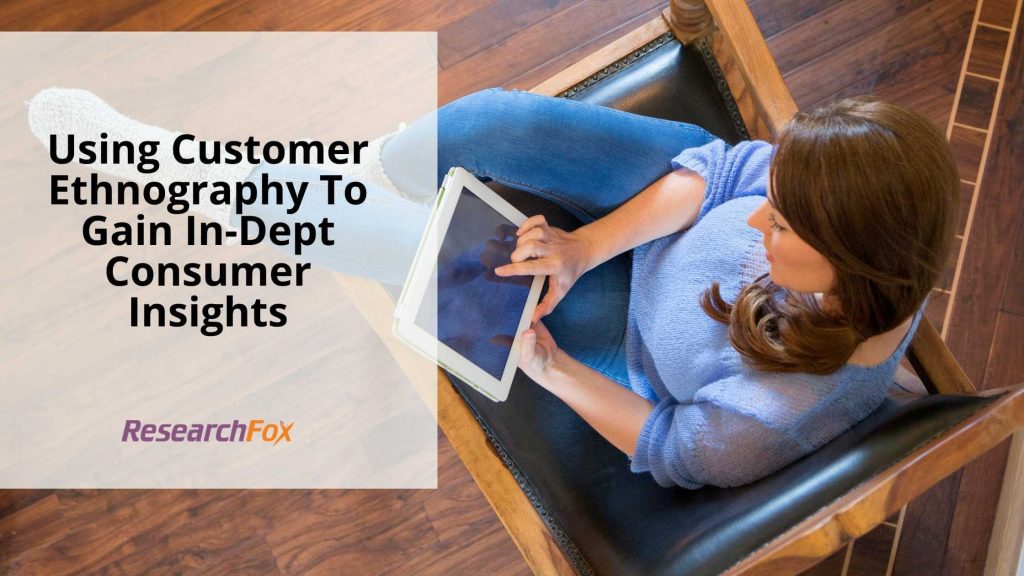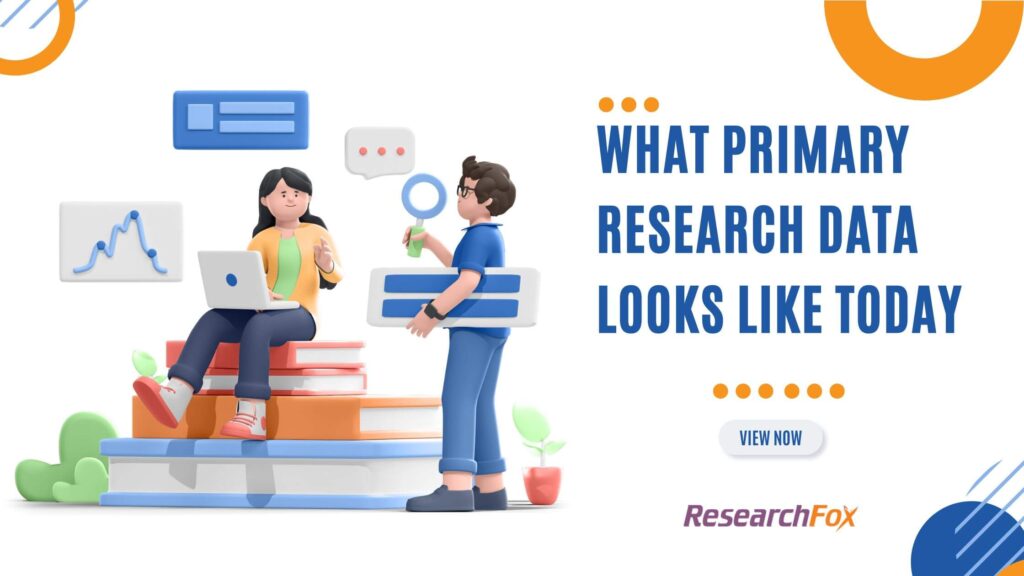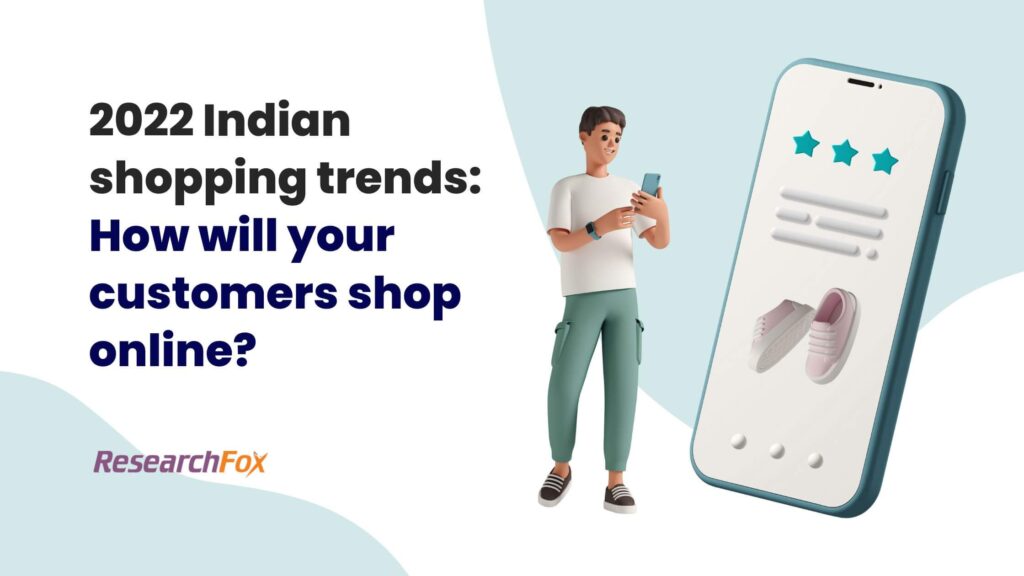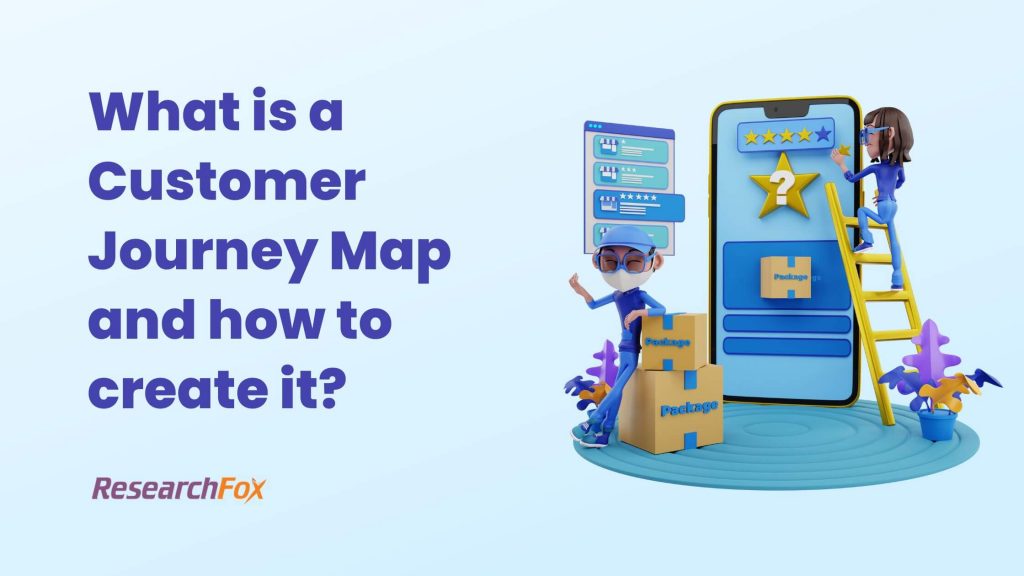Leading market research services firms and teams usually head to qualitative consumer research methods when the business or brand needs to analyze its customers’ experience, thoughts, feelings, and actions while they interact with them to build innovative solutions and customer experience strategies
The researchers often conduct interviews, surveys, and FGD (Focus Group Discussion) to collect data for their qualitative research after the customers’ event of experience has occurred. In such cases, it is often found that customers tend to contradict their behaviors. This mainly happens because they observe their actions in a different way than how the observer would have understood.

These traditional techniques give inaccurate and ineffective results as the responses of the consumers after the encounter, get affected by several factors like memory lapse, emotion, fatigue, environment, attention, and more.
So, what is the solution? How can we capture the actual experiences, thoughts, actions, behaviors, and attitudes of the customers in a way that is more accurate and collects data in real-time?
The Power Of Customer Ethnography
The solution is customer ethnography. Customer ethnography is an observational research technique that collects actionable insights about consumers’ behavior and attitudes in their natural environment.
Ethnographic research involves spending long periods with users in their natural setting to understand how a product/service makes them feel, think and act. An ethnographic researcher observes the customer closely by spending hours and days with them or their family or at their workspace in their natural setting.
The researcher collects data and observations about their day-to-day activities including their behavior, attitude, interactions, transactions, and the decision made by them. The researcher accompanies the participant to the nearby supermarket or even to his workspace to document every moment of his regular life.
Every single interaction with the product or service involves a lot of complexities and the impact of environmental factors like location, time, emotional state, actions, and availability.
Leading brands like Apple, Microsoft, Google, Intel, IKEA, and Netflix have been using customer ethnography for years to build their strategies.
The story of the “LEGO” bricks game
Back in 2004, LEGO was facing financial decline as all big data analyses were signaling that its target age group of children have moved on to digital video games. LEGO then decided to conduct an ethnographic study to analyze what the playing experience is all about by closely observing children in their natural setting.

During the ethnographic research process, it was discovered that children associated themselves with the physical toys as a social identity where they could display tangible hard work and success to their friends and family by completing a LEGO bricks game project. Researchers found that children didn’t want instant results and easy solutions. Instead, they wanted new challenges with even more tiny bricks, shapes, and building ideas.
The insights of the research became the game-changer for LEGO and helped them to build their product portfolio of physical and digital games to stay relevant with the latest industry trends. The product leaders at LEGO found that product performances cannot be measured without social, cultural, and technological factors that define customer experiences.
The 3M story
In the 1920s a protagonist who was a 3M engineer spent many days in an automobile manufacturing plant as part of ethnographic research. The engineer focussed on observing how the plant workers were using sandpaper manufactured by 3M.

The trending car model of that time was two-tone cars and while his observation of the use of sandpaper, the engineer noticed that it was a highly difficult and complicated task for the workers to cover one part of the car with newspapers before applying the second color.
This was the moment when he realized the problem and thought of a solution to make the jobs of the painter easy. The idea of having masking tape instead of newspaper which could be easily applied and removed during the painting process became a big hit and masking tape became a flagship product of 3M.
Turning your customers into researchers: adopting self-ethnography
Self-ethnography is the new and evolved way of conducting ethnographic research by turning the consumers into researchers and getting them to report data and experiences in real time.

The boom of mobile devices and the internet has made it possible to turn customers into researchers and collect their data from day-to-day activities without having to be physically present there. Technologies like smartwatches, wearable, smartphone-integrated devices, and IoT (Internet Of Things) enabled appliances to simplify the job of researchers and brands to get a peek into their consumers’ lifestyles and behavior.
Online research and app-based technologies are enabling researchers to observe and analyze the parameters considered by the customer while making the decision and the way they think and experience that particular moment.
Final Words
Traditionally, market research professionals used to focus on gaining data across business or brand touchpoints. This data gave skewed results as the data was recorded after the customer has already interacted with the brand and the business has happened.
On the other hand, by collecting just-in-time data and information from different segments of customers, a more exhaustive and comprehensive story of consumers’ day-to-day life can be discovered highlighting the factors that influence their purchase decisions.
Customer ethnography has an important role to play in the modern business world. Brands and businesses that can leverage the tech-enabled research techniques to develop products and services that are inspired by human behavior in day-to-day life and not just statistical predictions are the ones to face the highest demands soon.
Follow Us: ResearchFox Consulting




